Remembering Together: The First Summer School on Roma History in Berlin
In June 2025, Berlin hosted the first international Summer School on Roma History, "Remembering Together" — an event that brought together youth from six countries to focus on a topic that remains rarely addressed: the genocide of the Roma in the 20th century. From lectures and films to site visits and reflections, the school served not only as a platform for knowledge exchange but also as a space of trust, empathy, and responsibility. Most importantly, it marked a significant step toward building a new shared narrative where silence has no place.
Held from June 11 to 15, the educational initiative brought together young participants from Ukraine, Germany, Poland, Romania, Hungary, and North Macedonia. Throughout the program, they explored little-known pages of Roma and Sinti genocide, visited memory sites, worked in groups, and engaged in open, honest dialogue.
The school was initiated by the Youth Agency for the Advocacy of Roma Culture "ARCA," in partnership with the Society for Threatened Peoples International (STPI / GfbV), and with financial support from the German foundation Stiftung EVZ.
The idea for the Summer School emerged as a natural continuation of ARCA's long-standing youth-focused efforts. According to project coordinator Chinara Majidova, the goal was to create a space where education, experience, and memory could come together — a place for young people to not only learn, but to comprehend complex histories collectively:
"Each year, ARCA aims to develop and implement youth-oriented projects, focusing on both Roma and non-Roma participants. Our Summer School initiative was born from this mission. We prepared the program as part of the Young People Remember International program by EVZ Foundation ("Remembrance, Responsibility and Future"), and thanks to their support, this became a reality."
Majidova emphasized that such initiatives are becoming even more important:
"We live in uncertain times: more and more countries are drawn into armed conflicts, and far-right movements are gaining ground across Europe. As a youth organization working with Roma and non-Roma youth from Ukraine, we feel a growing need for deep historical education. Visiting memorials and taking part in live discussions offers a path to informal, yet invaluable learning — learning that not only reveals historical truths but also helps us navigate today's complex realities."
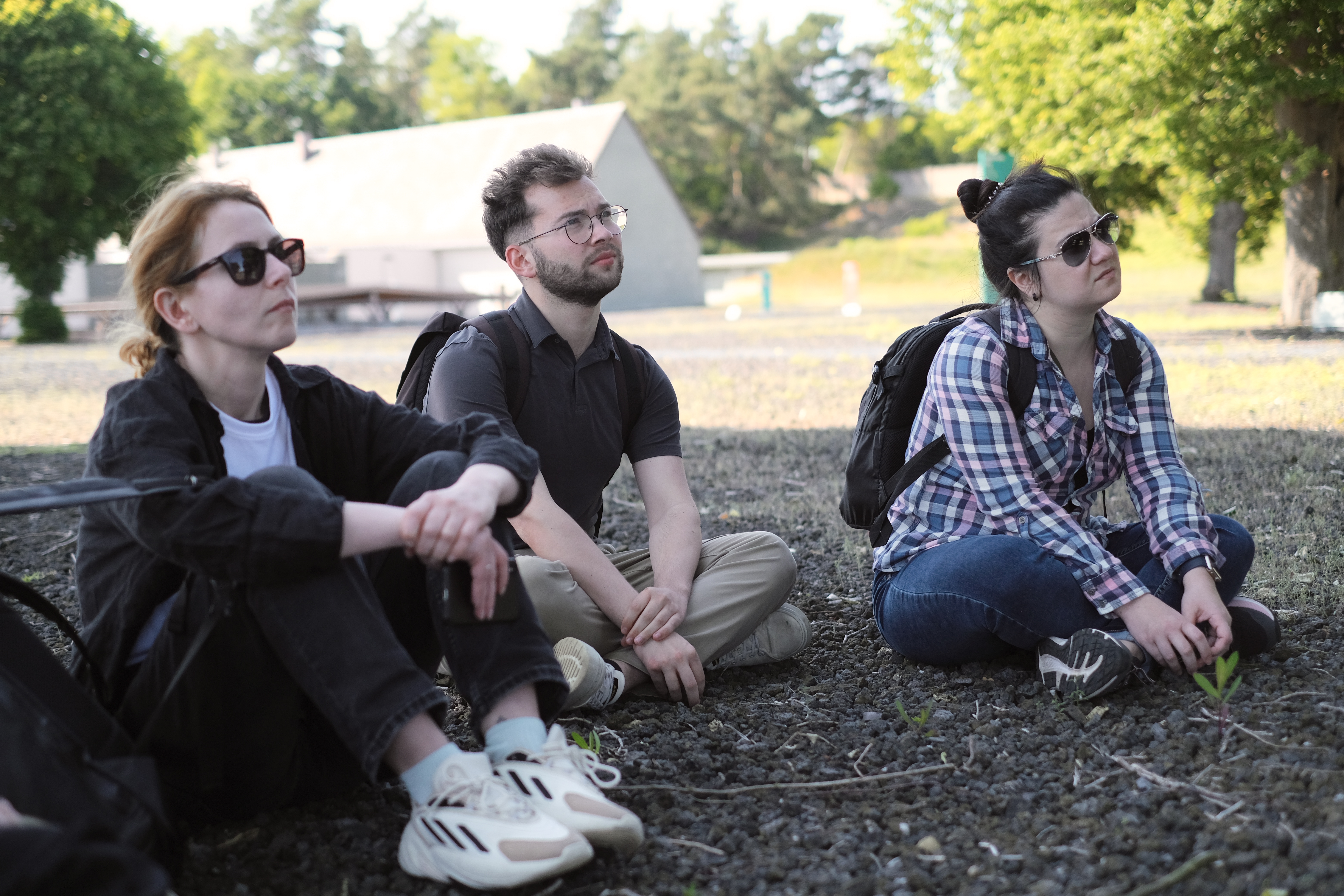
As part of the academic curriculum, participants explored how stereotypes about Roma are formed and perpetuated, how these perceptions are received by Roma communities, and whether so-called "positive" stereotypes can exist. They examined Roma and Sinti history, studied the diversity of the Romani language and its dialects, and analyzed the livelihoods and occupations of various Roma groups in and beyond Ukraine.
Special attention was given to lectures on the interwar period and the legal and social aspects of Roma persecution in Nazi Germany. A large portion of the program focused on the Holocaust: participants studied the roots of Nazi ideology, its symbols, rhetoric, and mechanisms that led to the systematic extermination of Roma and Sinti — even before the mass killings of Jewish communities began. One key element was viewing and discussing the documentary "The Forgotten Genocide: Europe’s Gypsies in WWII," the first film to highlight the overlooked history of Roma extermination by the Nazis and their allies across Europe. The program also included discussions on memory politics today and the complex dynamics of interethnic relations.
Lectures were delivered by historian Hanna Abakunova and doctoral researcher Rufat Demirov, both experts on the Roma genocide in Eastern Europe and the Balkans.
Hanna Abakunova, originally from Dnipro, Ukraine, defended her PhD at the University of Sheffield (UK) and now lives in Edmonton, Canada, where she is a professor of history and cultural studies at the University of Alberta.
"This was a truly unique experience for me — my first time participating in a summer school with such a diverse ethnic composition. Usually, it’s either only Ukrainians, only Roma, or non-Roma participants. Here, we had Ukrainians, Crimean Tatars, Germans, Roma from Poland, Romania, North Macedonia, Hungary, and Ukraine. That diversity was extremely meaningful to me. I didn’t want just to share knowledge but to create conditions for sincere dialogue among everyone," said Abakunova.
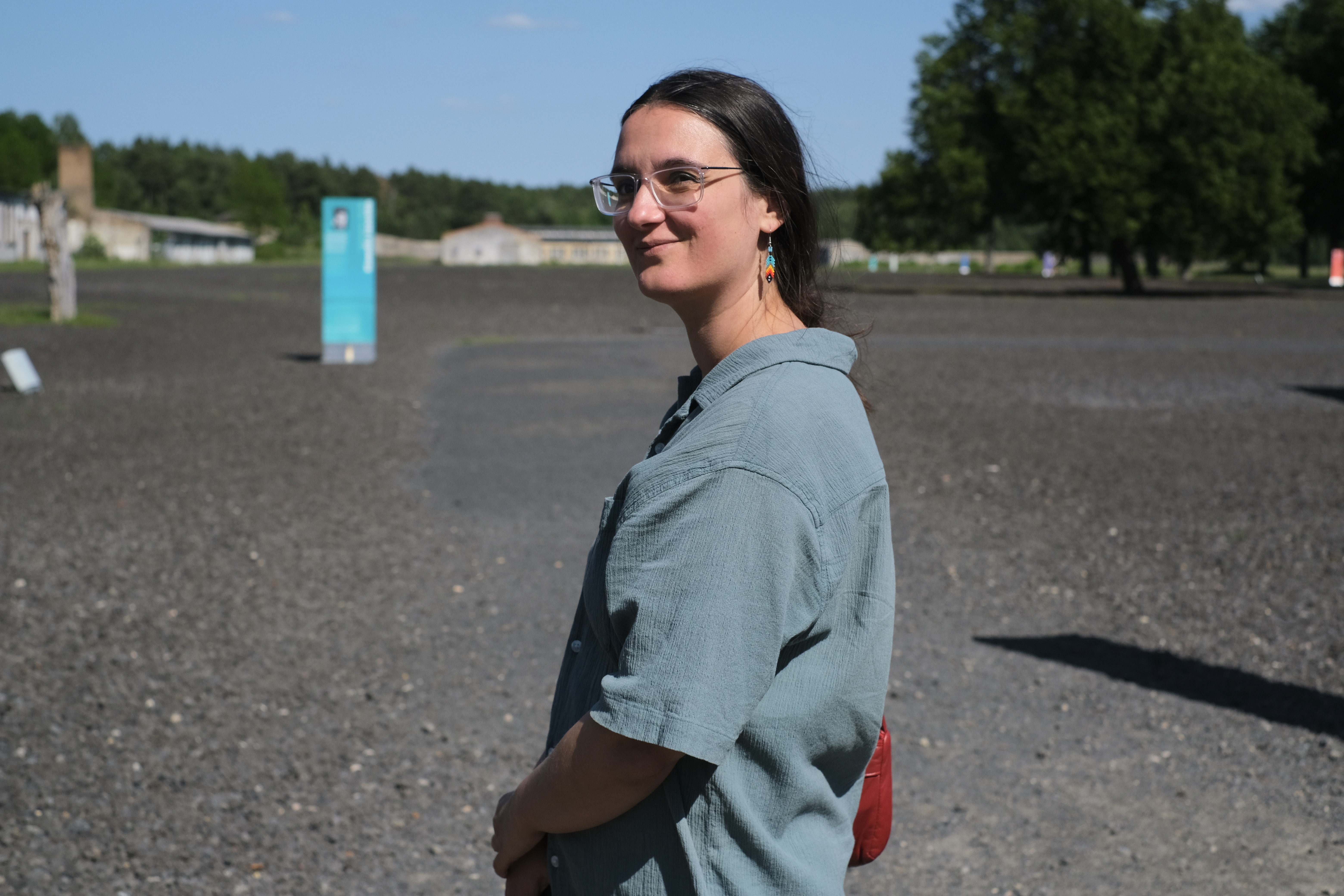
Visits to memorials and remembrance sites left a particularly strong impression. One such visit was to the Ravensbrück concentration camp — the main Nazi women’s camp, where at least 2,800 Roma and Sinti women and girls were imprisoned. Documented evidence shows that the first large transport arrived from Austria in June 1939; the youngest girl was only 14 years old.
Until the camp's final days, medical experiments and forced sterilization were conducted there — part of the Nazis' criminal racial policies.
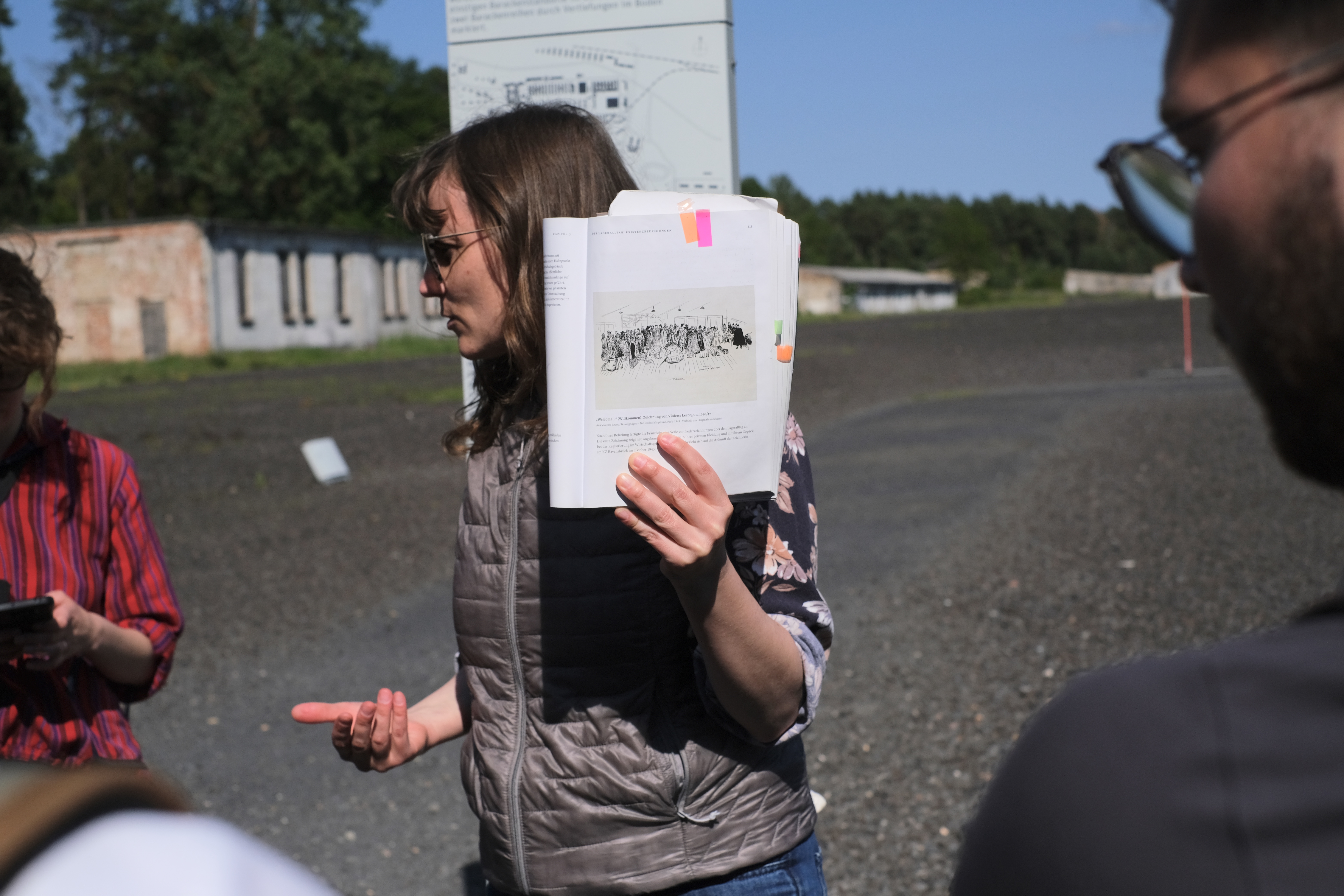
Participants also visited the Memorial to the Sinti and Roma Victims of National Socialism, located in the heart of Berlin between the Reichstag and Brandenburg Gate. It remains one of the few formal acknowledgements of the Roma genocide in Europe. Opened only in 2012, the memorial came after decades of activism. It is a quiet space: a dark stone triangle in the center of a pool, with a single fresh flower placed daily. Surrounding granite plaques recount the chronology of Roma family extermination, accompanied by verses from "Auschwitz," a poem by Italian Romani poet Santino Spinelli, presented in German, English, and two Romani dialects.
As part of the cultural program, participants attended the opening of the exhibition "Holding Ground: Crafting New Paths in a Changing World"—a historic moment as, for the first time, the German Roma institution ERIAC was invited to be an official venue of the Berlin Biennale.
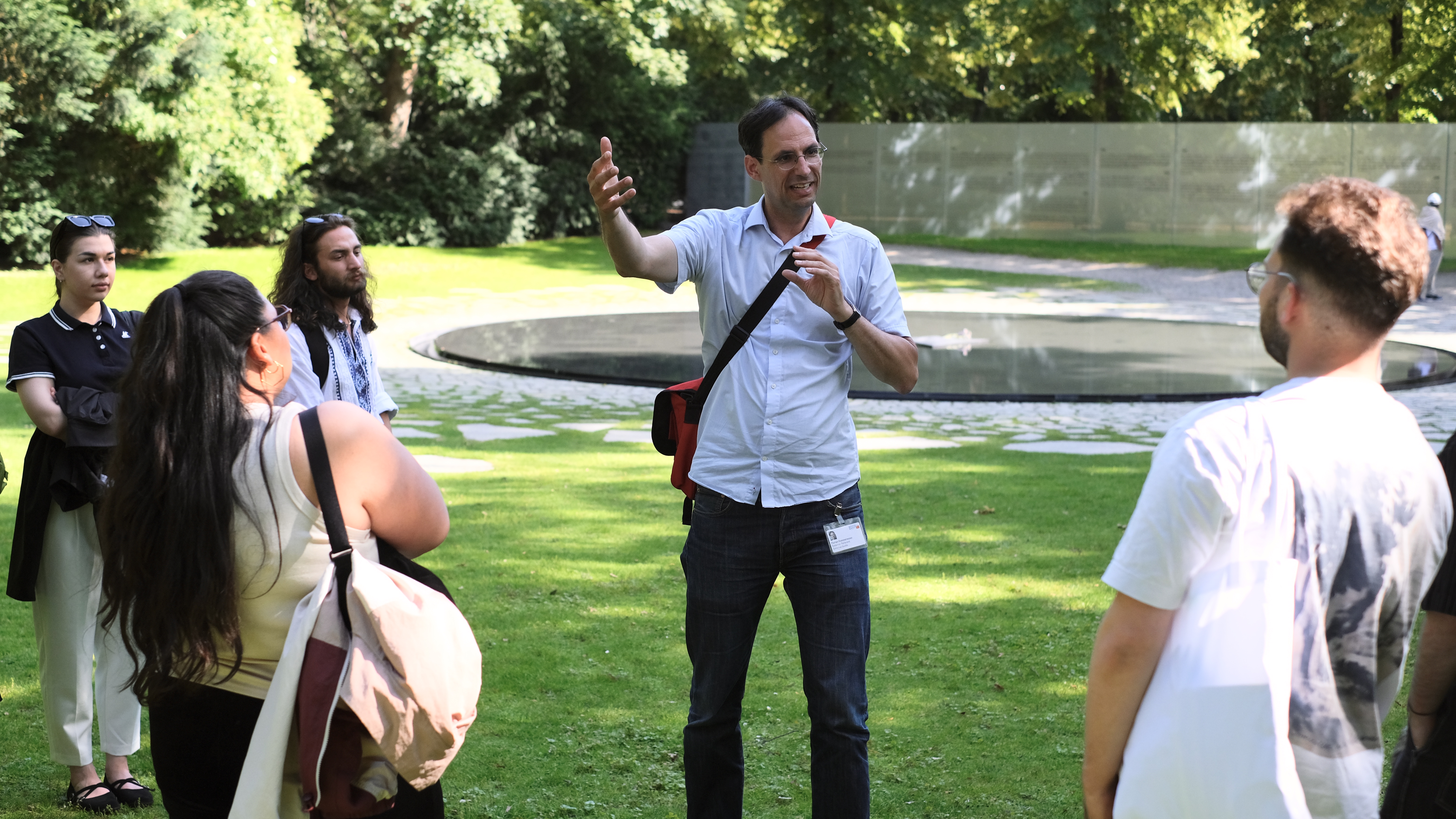
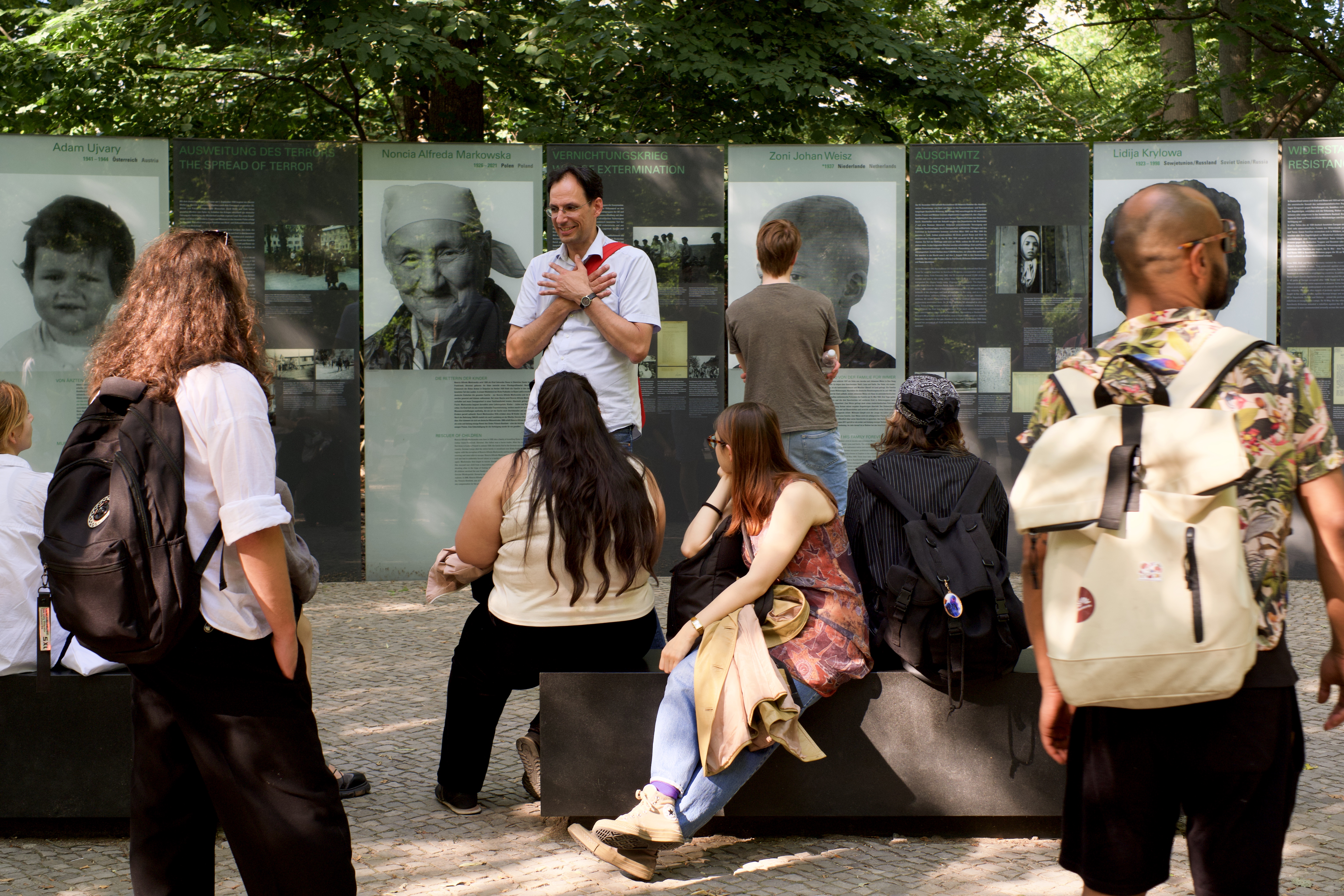
The exhibition united art, memory, and the strength of Roma culture, opening new paths in a changing world. At its core were traditional crafts as forms of survival, resistance, and dialogue. Visitors engaged with nearly forgotten Roma practices — from herbal gardens to puppet-making, coppersmithing, and storytelling.
This was not only an introduction to contemporary Roma art, but also an opportunity to engage with living forms of cultural memory, finding renewed resonance within the context of contemporary art.
.jpg)
A key component of the school was personal reflection: participants kept journals throughout the week to record their thoughts, emotions, and internal shifts, and on the final day, shared their experiences in a collective circle.
"I decided to join the Summer School because it’s a rare opportunity to speak not just about each other, but to each other," said James, one of the participants. Born in Germany, he studies Global History in a master's program at Heidelberg University.
"As a researcher, it was important for me to explore themes connected to national minorities, to learn more about the Roma community, especially about the impact of intergenerational trauma. It opened my eyes to many things and made me rethink my own privileges as a so-called 'white' person. These days were incredibly intense — emotionally and intellectually. But that’s what made them so valuable: these topics touch each of us. I felt deep empathy for those who face discrimination daily. And now, I want to take not just knowledge with me, but responsibility — to reflect on how I can support the Roma community in my future work."
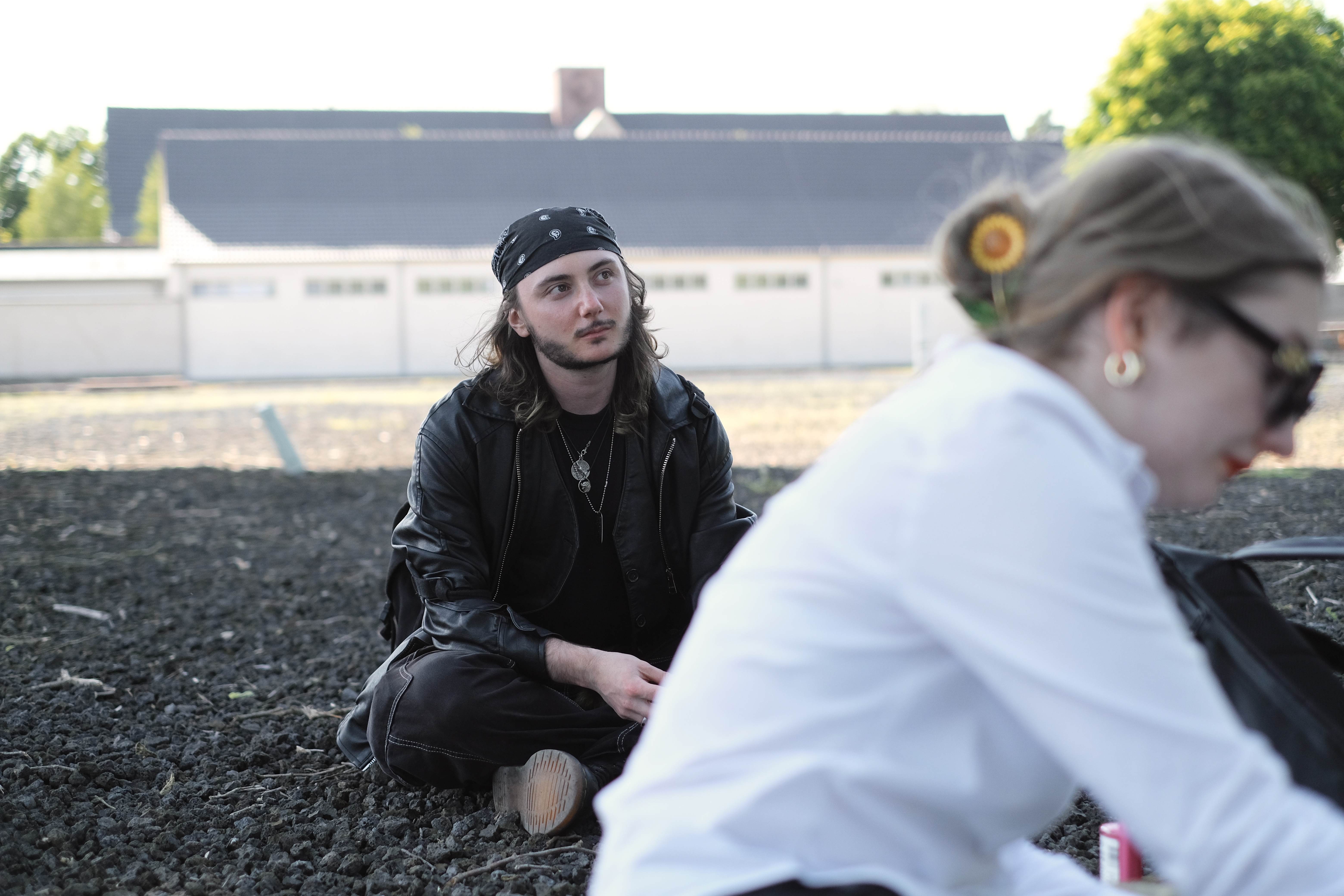
Among others who shared their impressions was Bettina Pocsai from Hungary — an activist and facilitator deeply engaged in Roma experiences, particularly from a feminist perspective.
"The most difficult moment for me was visiting the concentration camp. But it was also a necessary and important experience. From a feminist standpoint, it was crucial to see a women’s camp and understand how it functioned. It was emotionally draining and made me reflect deeply. But it was also a valuable time of meeting engaged youth, ready to take action. Especially meaningful was the chance to talk with Ukrainians about the political situation and the ongoing war."
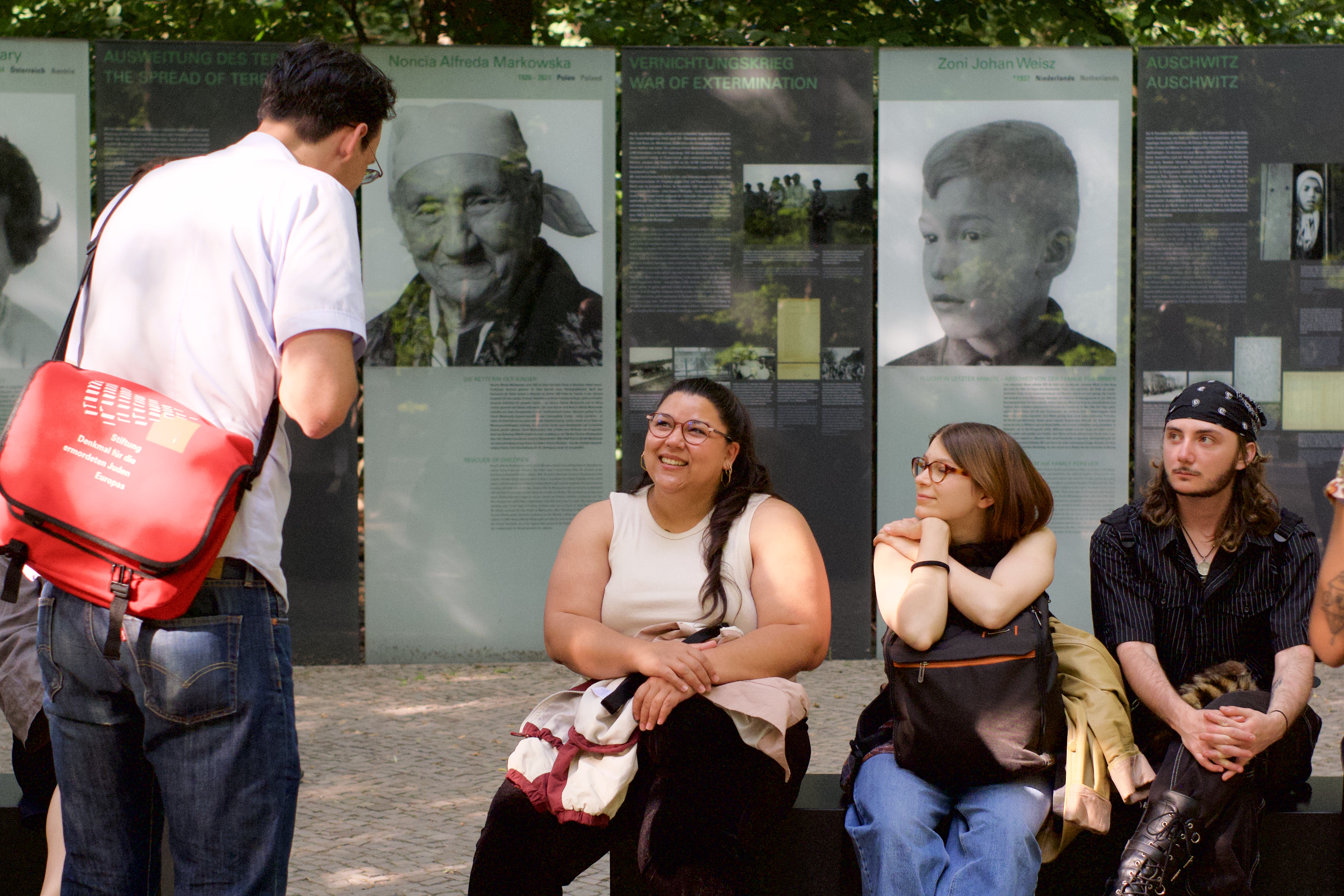
Chinara Majidova, reflecting on her experience as coordinator, said:
"I have to admit, I didn’t fully anticipate how much emotional labor this project would require. But that’s precisely what showed we succeeded in creating a safe space — one where participants could open up, reflect, and speak honestly about difficult subjects like the Roma genocide or the full-scale war in Ukraine."
She added that this project clearly demonstrated the importance of such schools, events, and gatherings for youth. They foster dialogue between Roma and non-Roma, creating space for everyone to be heard.
"In the future, I would love to organize a decolonial workshop that helps us better understand the current situation of Roma and Ukrainians within a broader historical and social context," she concluded.
The school has ended, but as all participants noted, it was only the beginning of new connections, dialogues, and research. Most importantly, it was the beginning of shared responsibility.
Because memory is not only about the past — it is also about the future we build together.
See also
- Roma Summer School “Remembering Together” Launches in Berlin
- Empowerment of women, ending discrimination based on place of work and origin: Pathways to Equality
- Holocaust: tragedy of the Romani people that remains one of the least studied pages of the ІІ World
- Look and Do Not Ever Forget: the 80th Anniversary of the Mass Murder of Roma in Auschwitz-Birkenau C
- How to Decolonize Memory?
- Workshop “How to decolonize memory?”
- International event Dikh He Na Bister
- Roma Holocaust Memorial Day
- Roma Civil Society Forum: Video
- The event in Heilderberg, Germany
- A training on the Roma Genocide during World War II.
- The “Collage of Memory and Associations”.
- Art class “Genocide through my eyes”.
- Seminar “Me and Auschwitz”